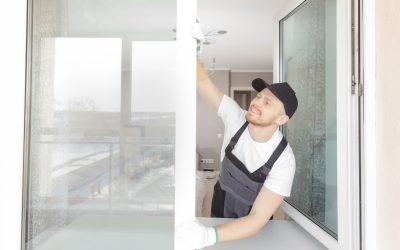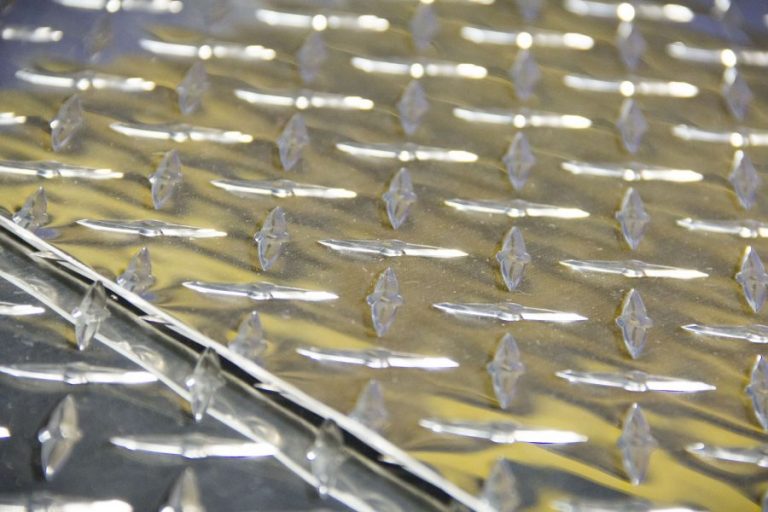A home is the biggest investment most people will make in their whole life time. They search for the perfect house, they raise their family there, and they keep it well maintained. Improvements are made periodically to protect the investment, boost the value of the property, and increase energy-efficiency to save money on utility costs. Common renovations include a new roof, adding siding and replacing old windows and doors with newer ones that are much more energy-efficient. These all improve the look of the home and save the home owner money on utility bills.
One aspect that can tie all these components of energy-efficiency together is proper home insulations. Insulation increases the savings on utility bills because it can get into spaces that are not addressed by those other improvements. Cracks, small leaks, and tiny openings allow the elements into the home. The wind, cold, heat, moisture from rain and snow, and drafts, however small, cause inconsistent temperatures within the home. People turn up the heat or air conditioners to off-set the drafts, and then turn them down again to maintain the desired level of comfort. Insulation in the walls, attic, basement, and other areas block the elements and keep the home at an even temperature. Having the home stay at one temperature eliminates the need to fluctuate heating and cooling systems. That saves money and provides a better return on the investment for all the other energy-efficient improvements made.
There are a couple of options for home insulations. Some come in rolls or panels that are placed between beams, floor boards, and in the walls. There are two issues that are common in this type of insulation. First, it may not cover all the small spaces because it is attached to a backing that holds the roll together and in place. The second issue is that they tend to flatten out over time. Blown-in insulation, using advanced techniques, is not bound to any backing and fills in even the smallest of cracks and spaces. It does not flatten over time. Free consultations are available on-site at the home or business to evaluate current insulation and discuss options. Owners can go to website for more information and to schedule a consultation appointment.



